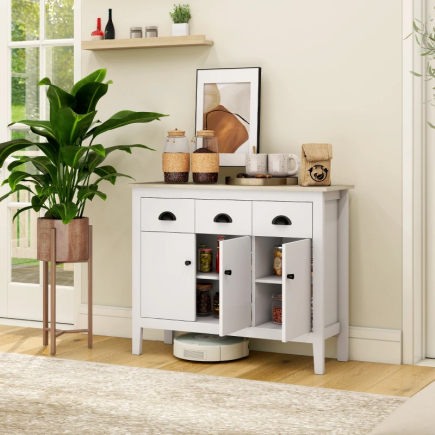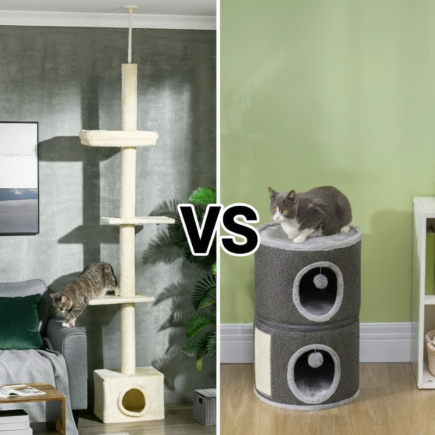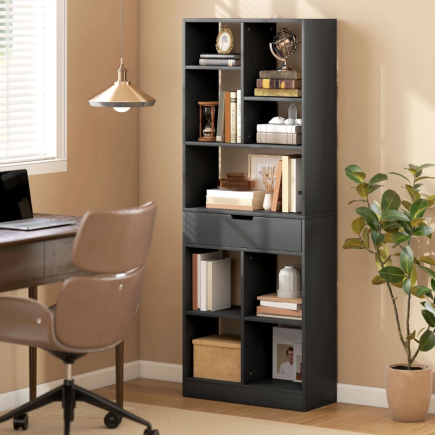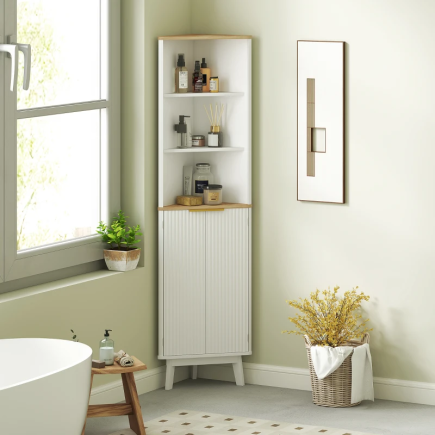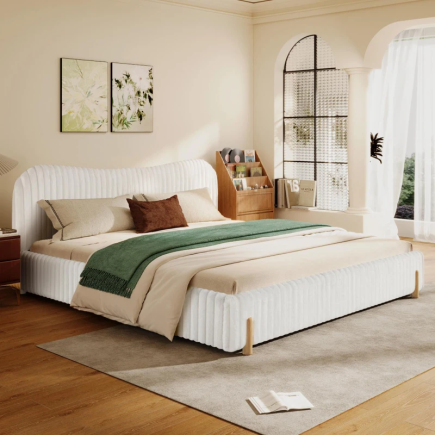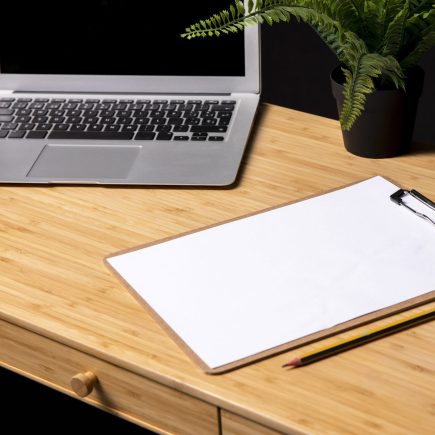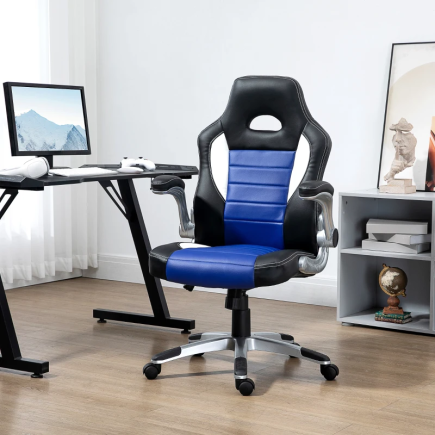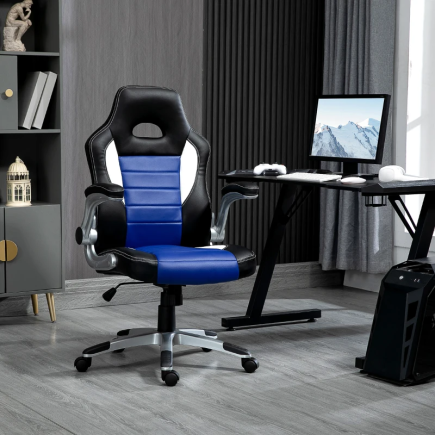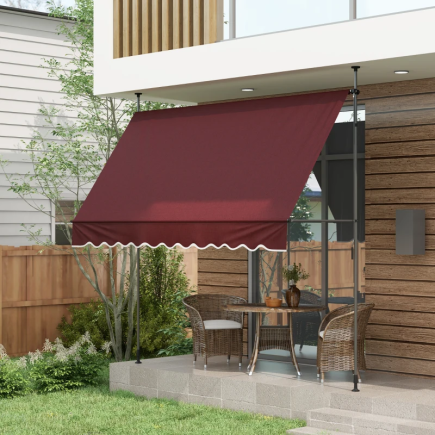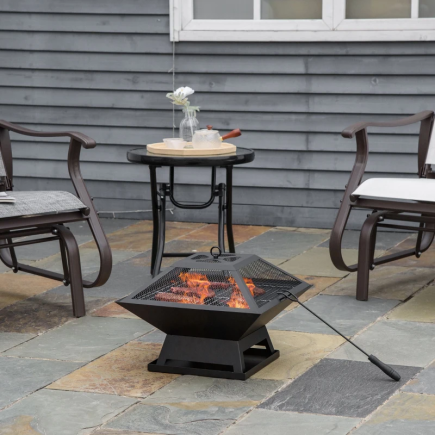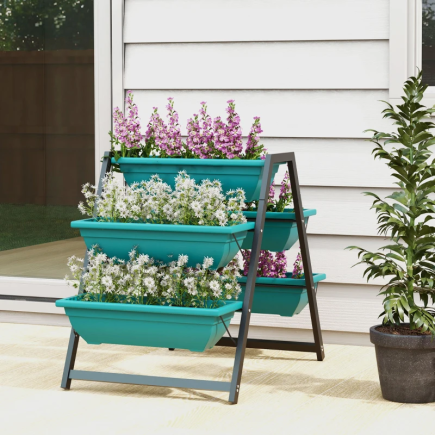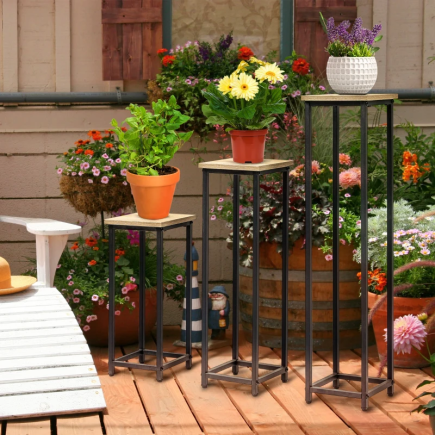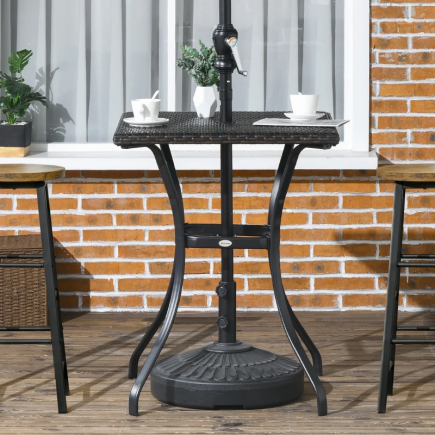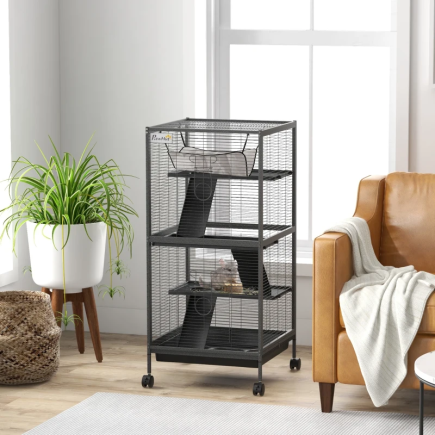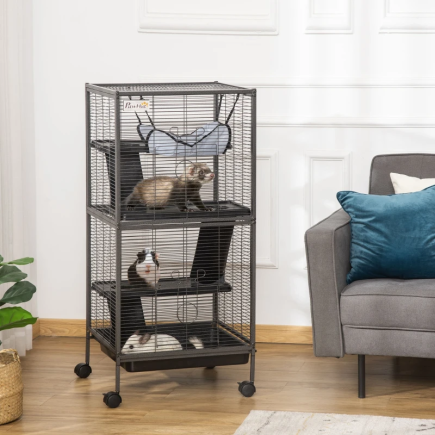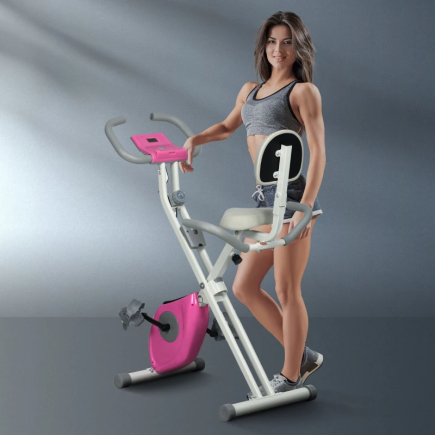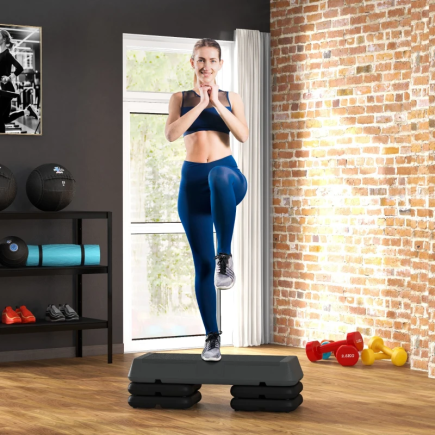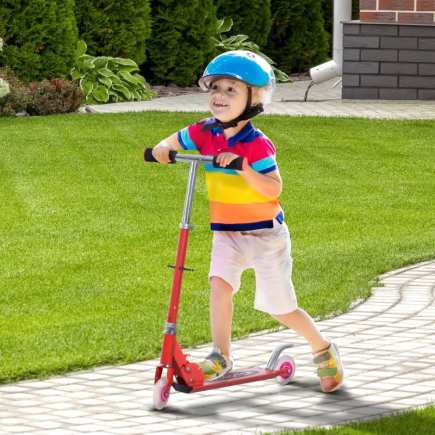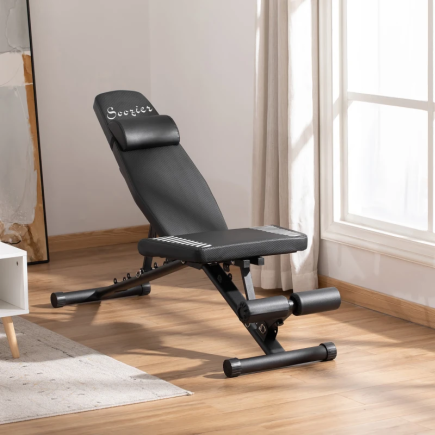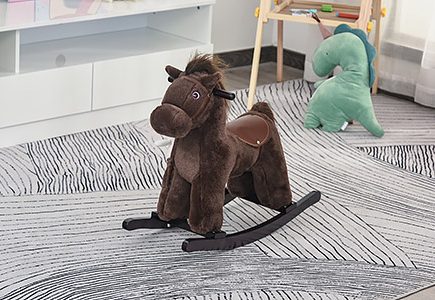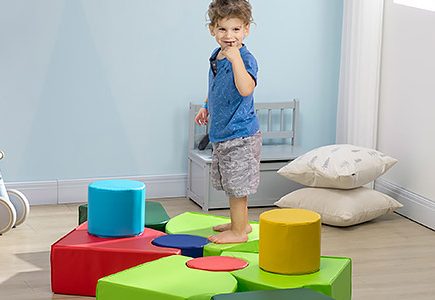
Selecting the right fabric for your patio umbrella might seem like a small decision, but it can make a big difference when it comes to durability, comfort, and overall satisfaction. Think of it like choosing the right outfit: you need something that fits well, looks great, and can handle all the elements.
Best Patio Umbrella Fabrics
Choosing the right fabric depends on your specific needs, budget, and climate. Here’s a deeper dive into the most popular fabric options available for patio umbrellas:
Acrylic Fabric – The Premium Choice for Durability

What’s so special?
Acrylic fabric is well-known for its durability and performance. If you want your umbrella to survive the harshest weather conditions while still looking vibrant, acrylic is a solid choice.
- Key Benefits:
- Exceptional UV Protection: Acrylic fabric offers up to 98% UV protection, making it perfect for high-sun areas.
- Water & Mildew Resistance: Water-resistant and highly mildew-resistant, this fabric is a top pick for those in humid or rainy regions.
- Colorfastness: Acrylic fabric maintains its color over time, even with prolonged sun exposure.
- Durability: Expect 5-10 years of use with minimal wear and tear.
Perfect For: Long-term durability, high UV protection, and those looking to invest in a fabric that will last. Great for harsh weather conditions.
Polyester Fabric – The Affordable Colorful Option

What’s so special?
Polyester is a budget-friendly fabric that is versatile and comes in vibrant colors. It’s ideal for those looking for an affordable yet stylish option. Polyester does a decent job of resisting fading and provides good UV protection, though it’s not as durable as acrylic fabrics.
- Key Benefits:
- Vibrant Colors: Polyester retains its bright, bold colors well, giving your outdoor space a lively vibe.
- Quick-Drying: The fabric dries faster than many other options, making it convenient during unpredictable weather.
- Affordable: It’s a much more affordable option than acrylic fabrics, making it great for budget-conscious shoppers.
Perfect For: Light to moderate use, sunny and dry climates, and those looking for vibrant outdoor décor at a lower price.
Olefin Fabric – The Lightweight, Fast-Drying Favorite

What’s so special?
Olefin is a synthetic fiber that’s lightweight, quick-drying, and resistant to mildew and fading. It’s a great option for those who need a durable fabric that doesn’t take forever to dry, plus it’s great for areas with moderate rainfall or humidity.
- Key Benefits:
- Quick-Drying: Olefin fabric dries quickly, making it a great choice for areas with frequent rain showers.
- Mildew Resistance: Perfect for humid environments, it resists mildew growth and mold buildup.
- Color Retention: Olefin fabric holds its color longer than many other materials, staying vibrant even in the sun.
Perfect For: Moderate sun exposure, humid areas, and those who need a mildew-resistant, low-maintenance fabric.
Canvas Fabric – The Traditional Rugged Option

What’s so special?
Traditional canvas fabric, often made from cotton, offers a rugged, durable look. While it’s a great option for those who appreciate the classic charm of cotton, canvas can be a bit heavier and more difficult to clean compared to synthetics.
- Key Benefits:
- Rugged Durability: Canvas is a sturdy fabric that can withstand wear and tear over time.
- Breathability: As a natural fabric, canvas allows for good airflow underneath, making it ideal for hot, dry climates.
- Eco-Friendly: Canvas is made from cotton, a natural material, making it more environmentally friendly.
Perfect For: Those who love a traditional, rugged look, and live in a dry, sunny climate.
Polyethylene Fabric – The Breathable Favorite for Hot Climates

What’s so special?
Polyethylene is an excellent option for areas with intense heat, as it allows air to flow through the fabric, keeping the area underneath cool. It’s more breathable than other fabrics and works well in dry, hot climates.
- Key Benefits:
- Breathability: The fabric allows air to pass through, providing a cool breeze even on the hottest days.
- Moderate UV Protection: Polyethylene offers some protection from the sun but not as much as acrylic.
- Water Resistance: While it’s water-resistant, it’s not ideal for heavy rain like acrylic or olefin fabrics.
Perfect For: Hot, dry climates that require ventilation and airflow.
Key Factors to Consider When Choosing a Patio Umbrella Fabric

Before you pull the trigger on an umbrella, keep these key considerations in mind to make the best choice for your needs.
Durability and Weather Resistance
An umbrella that can withstand the elements is essential. Fabrics like Acrylic and Olefin excel in weather resistance. Choose fabrics with water and mildew resistance if you live in an area with frequent rain or humidity.
UV Protection and Color Retention
The UV protection offered by the fabric is crucial for shielding yourself from harmful rays and preserving the umbrella’s color. Acrylic fabrics are the gold standard in UV protection, offering up to 98% blockage of harmful UV rays.
Breathability and Comfort
In hot climates, breathability is key. Canvas and Polyethylene fabrics are particularly breathable, allowing air to flow underneath the umbrella, keeping things cool during the hottest days.
If you’re looking for a large and sturdy umbrella to match your outdoor space, the Patio Umbrella with Twin Canopy offers a spacious design, perfect for providing shade on hot days. It features a durable steel frame and high-quality polyester canopy, making it a great choice for those seeking both practicality and style for patios, pools, and decks.
How Long Do Patio Umbrella Fabrics Last?
Different fabrics have different lifespans. Here’s how long you can expect each fabric to last:
| Fabric | Lifespan | Best For |
| Acrylic | 5–10 years | Long-term durability, high UV protection, intense sun |
| Olefin | 3–5 years | Moderate use, humid climates, and quick-drying needs |
| Polyester | 1–3 years | Light use, sunny and dry climates |
| Canvas | 3–5 years | Traditional look, dry climates |
| Polyethylene | 1–2 years | Hot, dry climates with ventilation needs |
Let’s Go!
Now that you’re well-versed in the different fabrics available, you can confidently choose the best one for your patio umbrella. Whether you need long-lasting durability, UV protection, or an affordable option, there’s a fabric out there for every need. You can explore different options for Patio Umbrellas and enjoy your time.
Remember, the right fabric will keep your umbrella looking great while protecting you from the elements. So go ahead, pick your perfect match, and get ready to enjoy your shaded outdoor oasis!
FAQs
1. Which fabric is best for humid climates?
Olefin fabric is highly resistant to mildew and mold, making it an excellent option for humid areas. It also dries quickly, so you can avoid moisture buildup even during frequent rain.
2. How can I prevent my patio umbrella from fading?
To prevent fading, choose high-quality fabrics like Acrylic, which offers up to 98% UV protection. Additionally, regularly clean the umbrella and store it properly to prolong its lifespan.
3. Which umbrella fabric is most breathable for hot climates?
Polyethylene and Canvas are both breathable fabrics that allow air to flow underneath, keeping the area cool. These fabrics are ideal for hot, dry climates where ventilation is key.

